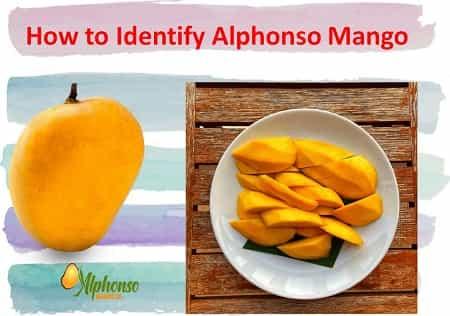- The Portuguese brought grafting techniques to India, which led to the creation of the Hapus mango in Ratnagiri.
- This mango is named after Afonso de Albuquerque. It has different regional names, such as Hapus and Alphonso.
- Hapus mango cannot grow from seed. It must be grafted to keep its original quality.
Table of contents
How do we identify authentic Hapus?
Want to know how to identify authentic, original Alphonso Mango from Ratnagiri and Devgad? Follow these easy steps, and you will understand.

How Alphonso Mango Came to India
Initially, the Portuguese landed in Goa and invaded it in 1510. General Lord Afonso de Albuquerque landed and fought in Goa and conquered in those times.
He had good knowledge of gardening, and he grafted the local mango in Ratnagiri and another variety of this, which was then invented as a new Aam.
It was named after Alphonso de Albuquerque, and an appendage of the same name was used, such as apropos, apus, shampoos, Hapusa, Hapus Mango, or Alphonso.
As a fact, you must know that if you plant the seed of this variety, it won't give the same fruit; it will be some different variety of this.
It won't be Hapus. It works only if the plant is smaller in stage and grafted with Pure Hapus.
The aroma of Tasty Fruit
The original one is grown in Devgad Taluka in the Sindhudurg district of Maharashtra.
It offers a natural scent that is considered absolute and pure Hapus.
In some areas, they look like this but don't give out the same smell and smell awful when pressed hard against the nose.
Chemically ripe fruit doesn't give out such a distinct aroma.

Look at This Mesmerizing Fruit
It should look yellow, have a red tint at the top of the fruit, and feel soft when fully ripened and chemically grown. It may be challenging, but yellow. So be wise while choosing your excellent fruit from Konkan.
Colour of Mango
Chemically ripened ones look very different from the naturally grown ones in comparison to colour.
The naturally grown show hues of yellow, green, and red on the top.

The naturally grown ones are distinct from others, have very natural colours, and are appealing.
Wrinkles and insides of The Fruit
Many people think that wrinkles on this are beautiful, but that's not true. They should not have any wrinkles on the inside.
When cut open, it has wrinkles, which means it was harvested before ripening. Wrinkles might also indicate that the aam is rotten.
Hapus Mango
Hapus mango, also called Alphonso mango, is a popular mango variety. People love it for its rich flavour, creamy texture, and delightful smell.
This mango is grown in the Ratnagiri and Devgad regions of Maharashtra. It is known for its sweet taste and bright golden-yellow colour.
The Konkan region has a unique climate and soil that enhance the flavour of its mangoes.
This makes them popular among mango lovers worldwide. Many people look forward to summer to enjoy Hapus mangoes, which are unique due to their limited availability.
Buying Hapus mangoes online has become increasingly popular. Customers can enjoy fresh, farm-picked mangoes delivered to their doorstep.
To ensure authenticity, it is essential to purchase from trusted sellers who offer naturally ripened mangoes without chemical treatments.
The growing demand for Hapus mango has also led to exports, making it available in countries like the USA, UK, and UAE. Whether eaten fresh, blended into a shake, or used in desserts like Aamras and mango pudding, this mango remains unmatched in taste and quality.
What makes Hapus mango unique?
Hapus mango, also known as Alphonso mango, is famous for its sweet taste, creamy texture, and rich aroma. It is mainly grown in Ratnagiri and Devgad, Maharashtra.
When is Hapus mango available?
Hapus mangoes are available from March to June, depending on the harvest season. They are best enjoyed during the peak summer months.
Where can I buy authentic Hapus mango?
To ensure you get naturally ripened mangoes, you can buy Hapus mangoes from trusted online stores, local markets, or direct farm suppliers.




